BoE MPC member Silvana Tenreyro said in a speech that the work on feasibility of negative rates is “still in progress”. Once the bank is satisfied that negative rates are feasible, the MPC would have a “separate decision over whether they are the optimal tool to use to meet the inflation target given circumstances at the time”. She also laid out three points regarding her current thinking on how negative rates might work in the UK.
Firstly, “the ‘financial-market channels’ of monetary policy transmission have worked effectively under negative rates in other countries, with some of the evidence pointing to more powerful effects.” Secondly, “‘bank-lending channels’ of monetary policy transmission have also been effective at boosting lending and activity,” and there is “no clear evidence that negative rates have reduced bank profits overall”. Thirdly, negative rates “could only make bank-lending channels slightly less powerful than otherwise”.




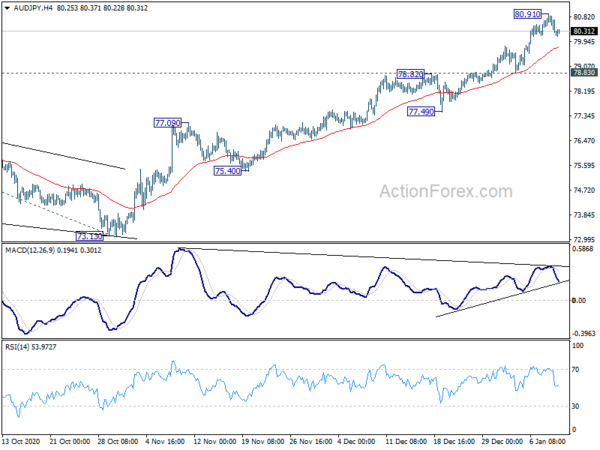
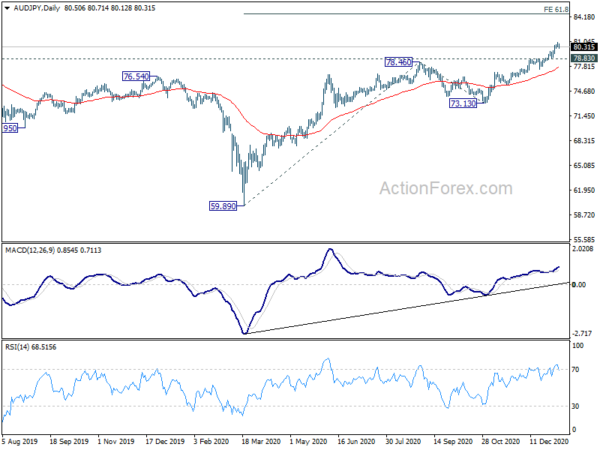
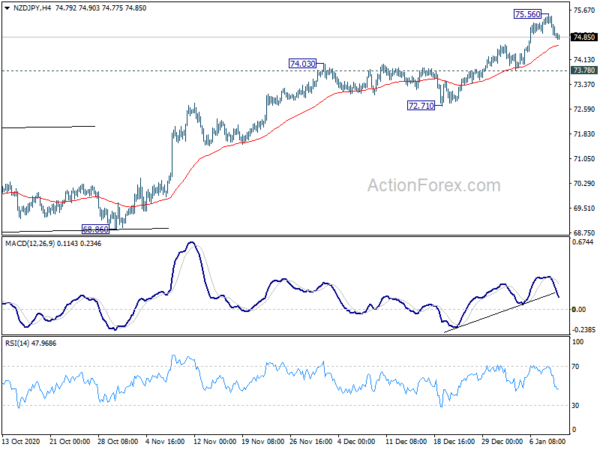
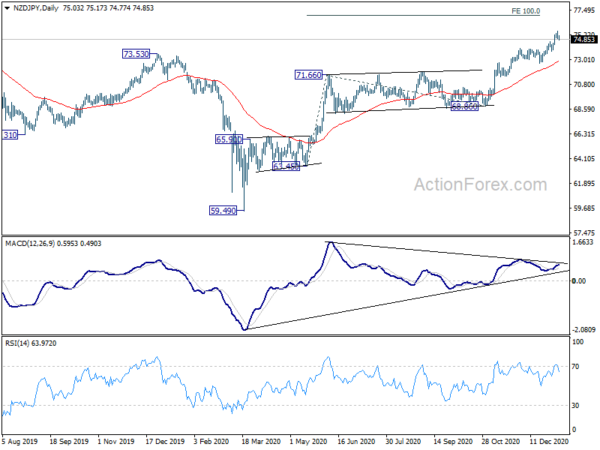
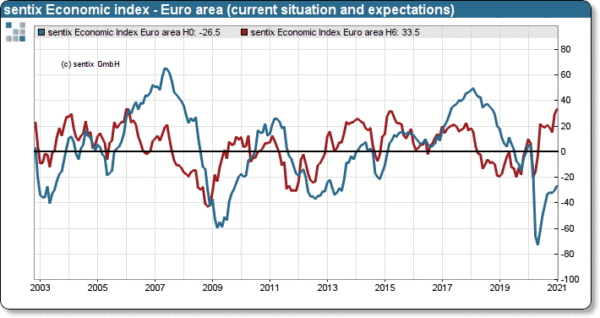
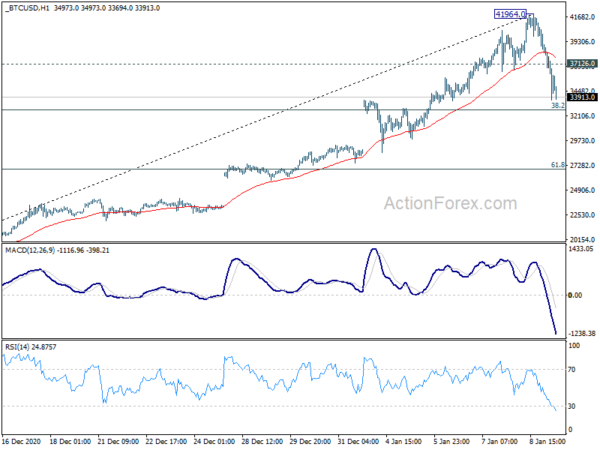
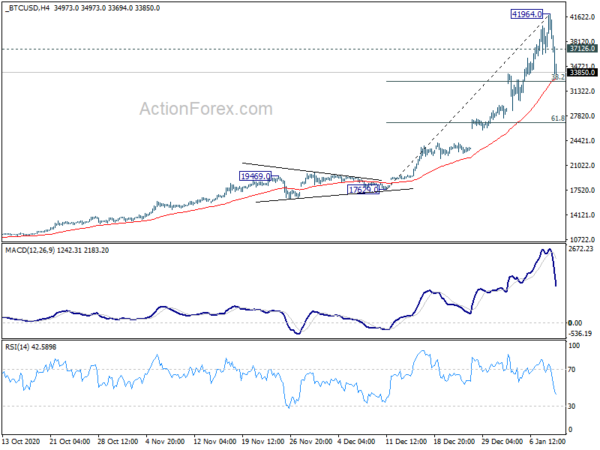
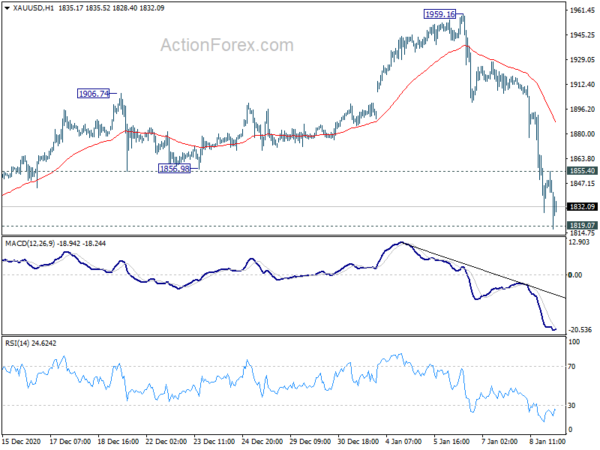
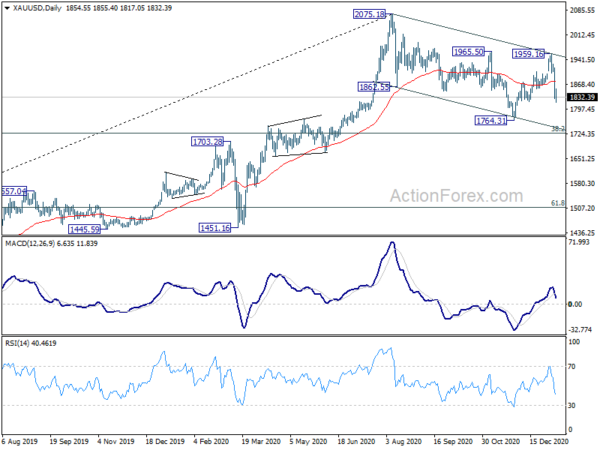
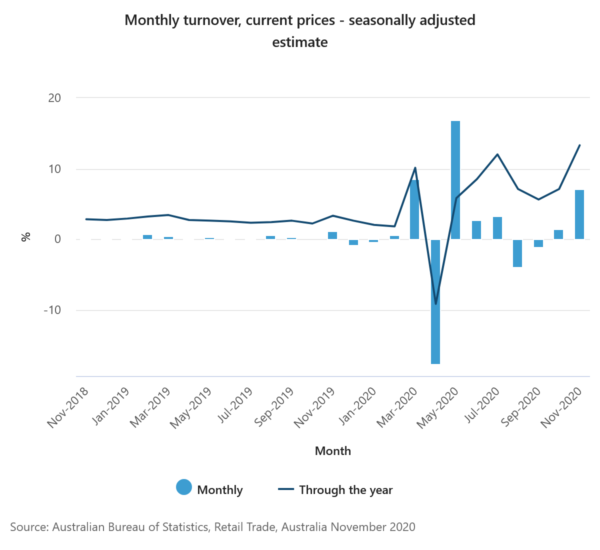
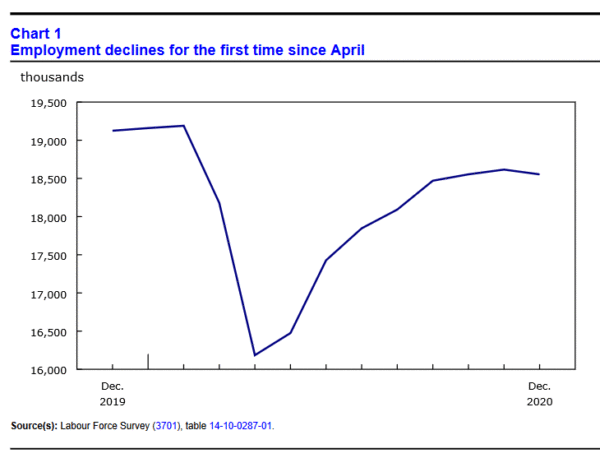

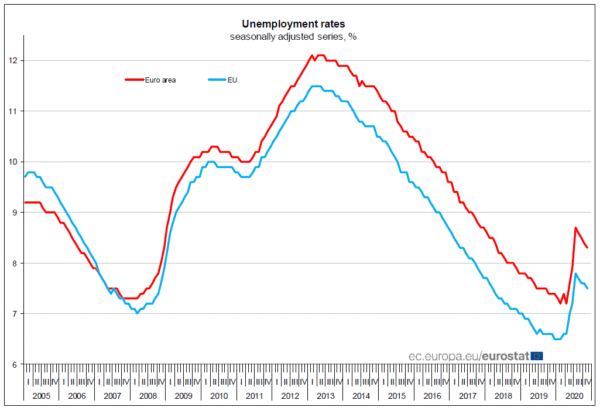
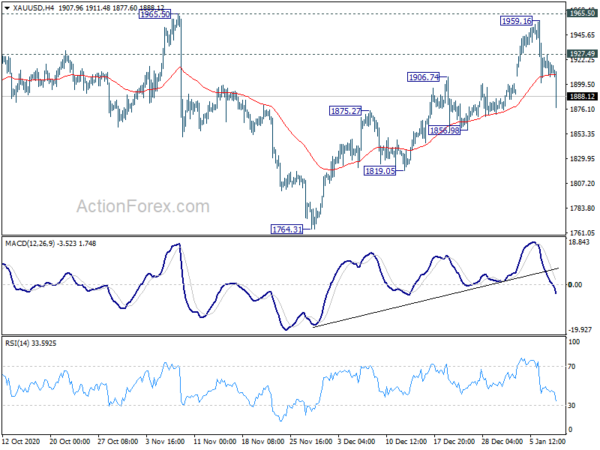
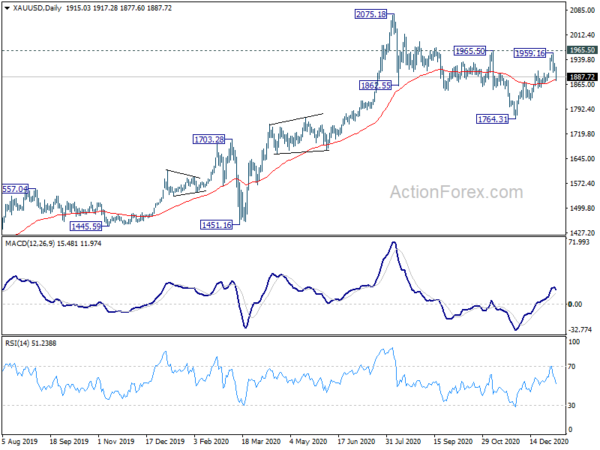
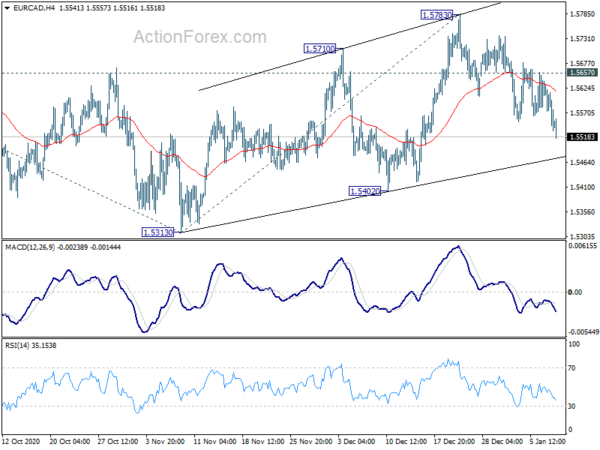
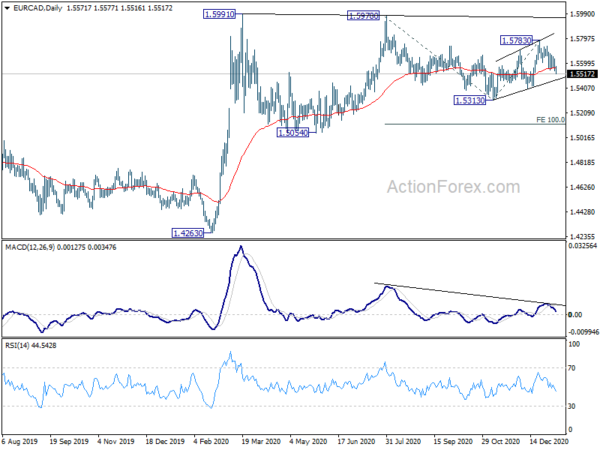
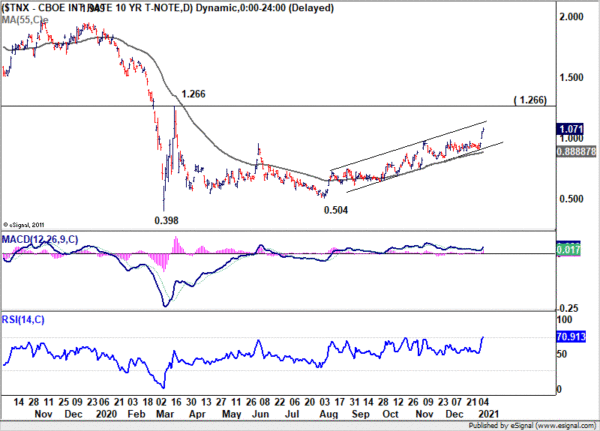
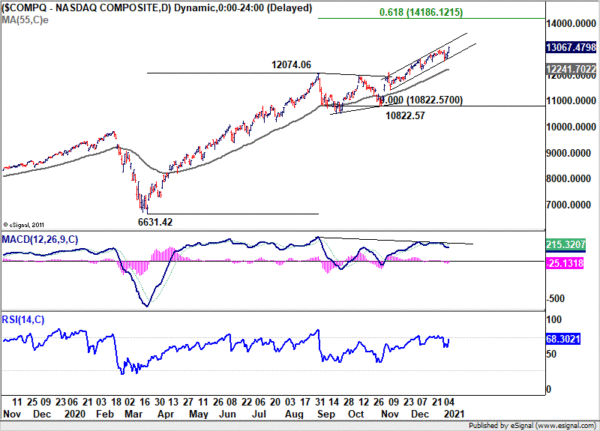
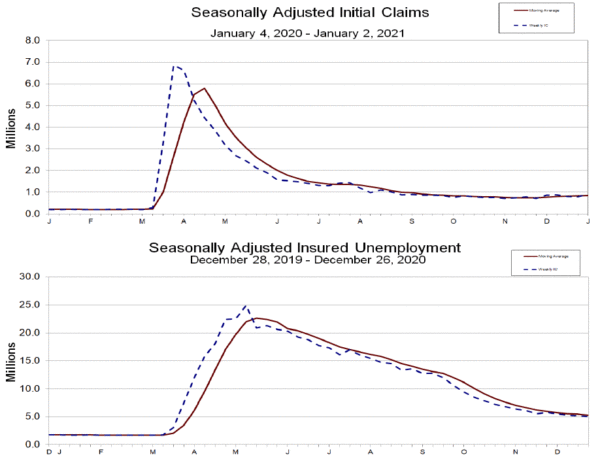

Kaplan: Fed should have earnest discussion on tapering later this year
Dallas Fed President Robert Kaplan emphasized “we should be as aggressive as we can be while we are in the teeth of this pandemic, until we are convinced that we have weathered this pandemic.”
Though, “later this year, my own view is, we should at least be having an earnest discussion about when it’s appropriate to taper” the asset purchase program.
He expects the US economy to grow around 5% this year, with unemployment rate falling back to 4.50-4.75% from current level of 6.7%. The economy will then have made “substantial progress” towards Fed’s dual mandate.
By the time, “I think it’s a healthier for the U.S. economy and for markets to wean off these extraordinary actions and this extraordinary stimulus,” he said.